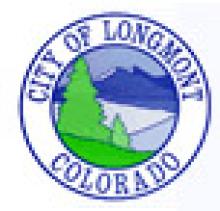Op-Ed: In Minnesota, a de facto limit on broadband
The Star Tribune ran my opinion piece on Monday, March 15
The vast majority of Minnesotans, like the rest of the country, are served by only two broadband suppliers: the cable or telephone company. These companies generally want to maintain their monopolies because they can postpone upgrades while keeping prices and profits high. Just about everyone else just wants a better choice among providers.
The result of this structure is that we pay much higher prices for slower internet connections than our peers in Europe and Asia.
Here in Minnesota, Monticello has broken the mold. It has transitioned from relying on an overpriced and slow DSL network to now offering the best broadband in the entire state. Monticello residents can choose between a symmetrical 20 Mbps connection (extremely fast) from the City for $35/month or the incumbent telephone company’s new 50 Mbps downstream and 20 Mbps upstream option for $50/month. They have better packages than Comcast’s best residential offers in the Twin Cities – and available at half the price!
Entering the local telecommunications market is quite difficult. Building a network costs hundreds of millions for large cities and tens of millions for communities from 10,000 to 50,000. Once the network is built, the costs of adding new customers actually decreases as the number of subscribers increases. This cost structure gives incumbents tremendous advantages because they can drop their prices precipitously if a new entity – public or private – tries to build a competing network. To date, incumbents have largely succeeded in fending off competition.
Given the sorry state of broadband in many communities, especially rural ones, it should be no surprise that many cities and counties have started to build their own networks. And happily, they’ve done so with great success. Creating competition forces incumbents to invest and cut prices, generating significant community savings as well as other advantages from a network that operates in the public interest.
Unfortunately, there are additional barriers for communities attempting to build their own state-of-the-art broadband networks. As a result of lobbying by incumbents, some eighteen states have created obstacles to publicly owned networks.
The need for any state barrier to community networks is dubious.



